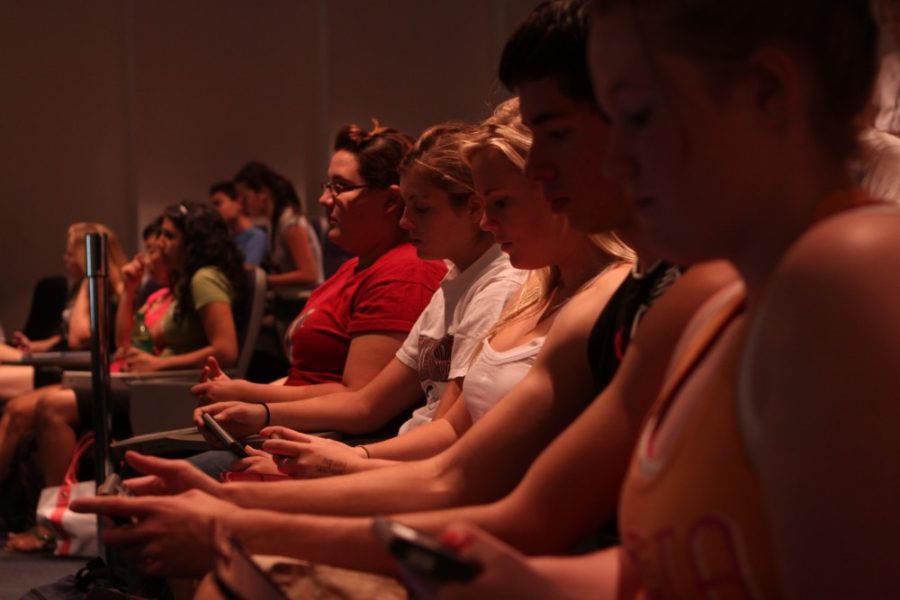Welcome back, Wildcats! A new year is upon us, and with that year comes new possibilities and opportunities, especially for college students – and new financial stress. Not only are tuition costs due, but each class comes with some sort of technology or book that the student is responsible for purchasing. Among one of the most well-known – and most hated – products students are forced to buy at the University of Arizona is the clicker.
If you’re one of the lucky few students who is blissfully unaware of clickers, allow me to fill you in: Clickers are very expensive pieces of technology that some professors use in large classes in order to take attendance and give quizzes on lectures. The concept is pretty straightforward, and it’s a handy tool for professors who have anywhere from 70-400 students in their classes. But the price is somewhat of a hefty one: Clickers are $80 from the UA BookStores, including a subscription. You can find a way to purchase a clicker for cheaper than this, which typically is found with ease online. However, if you do end up finding a clicker for, say, $50, you still have to purchase a subscription in order to use it, which costs at least $17.99.
The most frustrating part of clickers is that for only the cost of the subscription, you can download an app on any smartphone for free and use it as a clicker. It works really well, and the only extra step professors have to take is to open the polling to mobile devices. It is quick and easy, but most importantly, it’s cost-effective and more sustainable for students.
Unfortunately, most professors will reply with a blunt “no” or “check the syllabus” (which means no) when asked if phones can be used instead of clicker devices. I am not sure why this policy exists, especially in classes that don’t penalize you for scrolling through social media the whole hour anyway. They force you to buy an expensive device for seemingly no reason other than to spend more money at the university.
I know most people are probably thinking, $80 isn’t the end of the world in the grand scheme of college costs, and I wholeheartedly agree. That statement is problematic within itself, however. Tuition for an in-state student at the UA is $12,600 per year, plus at least another $2,000 in various fees and books, on top of housing arrangements, whether you live on campus or not. Attending a four-year university without scholarships costs well over $50,000, which is a lot to put on a person who probably just turned 18 years old and more than likely doesn’t understand finances or the weight of paying back tens of thousands of dollars in loans. One can’t help but wonder: Is this yet another way for the university-industrial complex to wring out another penny from a vulnerable student population?
No, $80 is not a lot of money. But for students who are in this type of debt to get an education, every penny saved makes a massive difference. Buying an unnecessary piece of technology when there are other just as useful options is a frustrating situation to be in, and can determine whether or not a student is able to eat or pay rent that week. I call on professors and departments to rethink their “clickers only” device policy for the well-being and financial stability of their students.









